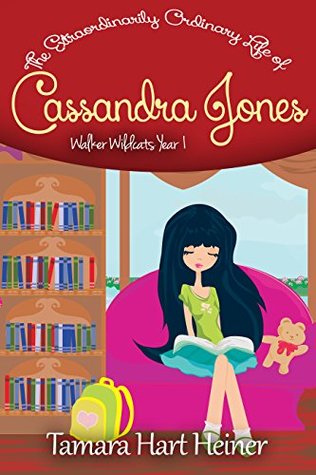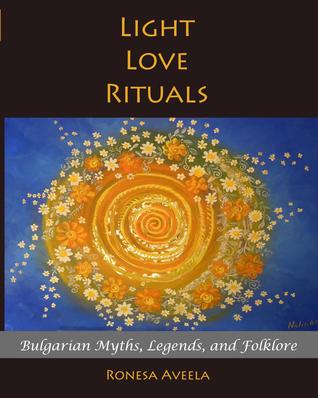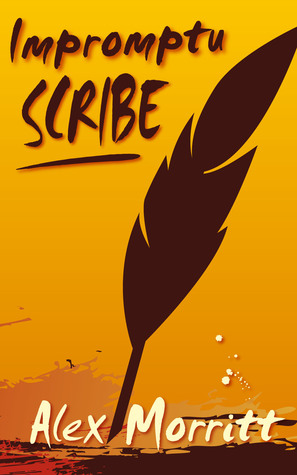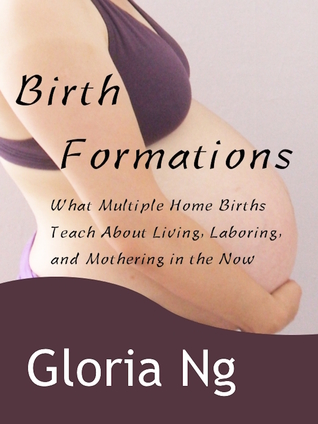We want to help other indie authors succeed. What every indie author needs most is reviews, so we were excited to stumble across the various indie review groups on Goodreads.
Here’s what we learned:
Search under “Groups” on Goodreads for review groups. Some are genre-specific, some are anything goes, and some are divided by content rating. All provide a way for independently published authors to earn those oh-so-important first reviews through non-reciprocal reviews. Reciprocal reviews will get your reviews taken down quickly on Amazon and most sites, so they are a major no-no, as are sock puppet reviews you wrote yourself and reviews by your mother or best friend.
These review groups put group members together who each review several books and receive the same number of reviews back, but without providing reciprocal reviews. Think of a circular firing squad. Others have a sign up sheet and you review the person above you on the list. The genre-based groups are great, because at least you have an idea of the genre you will review, but they are tough to get into at first.
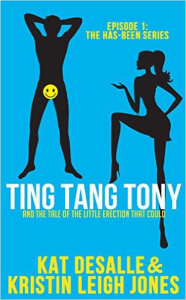 You want to be careful which group you sign up for, as you can find yourself far from your comfort zone. For instance, we will NOT be signing up for the 18+ erotica/graphic violence/anything goes group. No, no, no. We peeked, and we can only report that the self-publishing world includes some pretty out there stuff.
You want to be careful which group you sign up for, as you can find yourself far from your comfort zone. For instance, we will NOT be signing up for the 18+ erotica/graphic violence/anything goes group. No, no, no. We peeked, and we can only report that the self-publishing world includes some pretty out there stuff.
Religiously themed authors, YA authors and others who would not feel comfortable reviewing or being reviewed by a tougher, more secular and adult crowd in a regular non-erotica adult group can join a “Clean” group. Non-fiction authors may also find the “Clean” general groups a good fit.
We recently completed reviews for a Clean review group, and were delighted at the breadth and quality of the offerings. Indie publishing is alive and flourishing. We would like to take a moment to introduce you to the four indie authors we encountered through the review process and their self-publishing strategies. Aspiring indie authors can find something useful in the examples of all four.
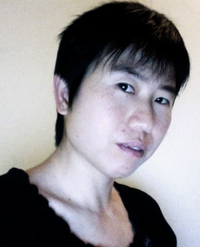
Non-fiction, children’s and spirituality author Gloria Ng caught our attention for the terrific author’s platform she has built to share her fiction and non-fiction work with readers. She helpfully included links within her book to additional free and relevant works and used other techniques to build a platform for sharing her work and ideas. Gloria’s “mission and expertise is to inspire and create a culture of peace toward self-care, people care and earth care. She supports people fully employing their passion and purpose toward sustainability and thrive-ability.” We review her book here.

Author, poet, lyricist, travel writer and indie publisher Alex Morritt and self-described “cultural observer” has solved the problem of marketing short fiction through his self-published short story collection and other works. He’s a minimalist, content to have his work out there and accessible, without burning up too many cycles on marketing and promotion. Reading him, one feels he’d be fun to chat with over coffee, or to invite to your writing group. Our review is here.
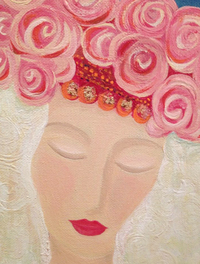 Ronesa Aveela, which is a pen name for freelance artist and writer Anelia Samovila and writer and baker Rebecca Carter, brings us, of all the startling things, a beautiful book on Bulgarian myths, legends and folk. With recipes! This delightful book, full of hand-drawn colorful images, shows how personal passion and creativity can find their way into the world through independent publishing in a book too esoteric and niche to find a home with a traditional publisher seeking a mass market. Knowing this book exists in the world just makes us happy, and should inspire any other would-be indie authors out there with a heart project they want to share with the world. Review is here.
Ronesa Aveela, which is a pen name for freelance artist and writer Anelia Samovila and writer and baker Rebecca Carter, brings us, of all the startling things, a beautiful book on Bulgarian myths, legends and folk. With recipes! This delightful book, full of hand-drawn colorful images, shows how personal passion and creativity can find their way into the world through independent publishing in a book too esoteric and niche to find a home with a traditional publisher seeking a mass market. Knowing this book exists in the world just makes us happy, and should inspire any other would-be indie authors out there with a heart project they want to share with the world. Review is here.
 Tamara Hart Heiner, the prolific author of favorably reviewed young adult novels, knows her genre and her target audience and focuses like a laser on providing great writing for those young readers. She has written 17 (!!!) short young adult novels over the past five years. A master of both quantity and quality, she’s a great example of what focus, discipline and a few short years can do to build an author brand. She writes with great empathy and insight about the concerns of her young target readers and has clearly built a good and sturdy home in her chosen genre. Our review is here.
Tamara Hart Heiner, the prolific author of favorably reviewed young adult novels, knows her genre and her target audience and focuses like a laser on providing great writing for those young readers. She has written 17 (!!!) short young adult novels over the past five years. A master of both quantity and quality, she’s a great example of what focus, discipline and a few short years can do to build an author brand. She writes with great empathy and insight about the concerns of her young target readers and has clearly built a good and sturdy home in her chosen genre. Our review is here.
Non-fiction. Short stories. Cultural exploration. Young adult. What a varied feast, and how well presented. Each author provided useful information or entertainment, and they all shared their work in clean, well-formatted prose. We truly enjoyed exploring their work and “meeting” these authors we would not otherwise have encountered. Hurray for indie publishing!
